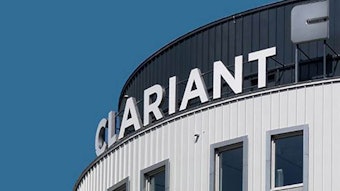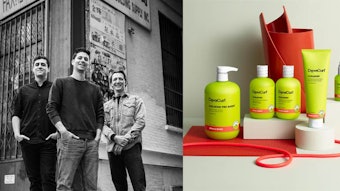There was a time when the first question that a brand company contract buyer would ask was, “How many lines do you have?” The answer would help the buyer determine whether or not a manufacturer—and, therefore, the brand—could be competitive. Now, sophisticated buyers ask, “What are your line speeds?” In the new ultra-competitive market, it is all about time-based competition. The old saying, “Time is money,” has never been more true.
It remains clear that quality is a must. As an industry, contract manufacturers have answered the quality call. It is now the norm for brand owners to be presented with an index of the contract manufacturer’s quality standard operating procedures (SOPs). These procedures are the bible of processes and procedures on the manufacturing floor—and everywhere else in a contract manufacturer’s facility for that matter. But contractors have gone well beyond this to include quality line auditors who continuously police the manufacturing floor. It is typical for the auditors to approve start-ups, check the line hourly, take retains at the beginning/middle/end of the batch and approve line clearances. The basic idea is to assure quality by establishing SOPs, training the entire team on these SOPs and then continuously inspecting them to assure adherence to the procedures.
Contractors also provide excellent service through the effective deployment of technology, constant but efficient communication and dogged persistence to maintain the production schedule. These efforts work to ensure perfect (99.9%) adherence to scheduled commitments, and major retailers—Wal-Mart, for example—reward brands for this delivery performance.
While cost is critical, smart buyers also want assurance that the cost position is sustainable. Former General Electric chairman and CEO Jack Welch once said, “Cost walks and talks.” By this he meant productivity is critical, and controlling and monitoring head count was continuous. A quick calculation illustrated in the Contract Chart demonstrates why the number of lines a contractor has is not really a measure of their cost position.
Contractor 1, with a host of slow speed lines, has personnel costs of almost $10 million a year versus $1.5 million a year for the same output for Contractor 2. The labor cost per unit is more than a factor of 5 less for Contractor 2. This means long-term sustainable cost advantage for Contractor 2.
To make this work most effectively, Contractor 2 must implement quick changeover lines, have excellent equipment uptime and schedule the longest runs possible. This is a new paradigm. Contractor 2 must also train the team to be able to operate sophisticated equipment. Terms such as “deviceNET,” “PLC controls” and the like must be common and well-understood.
The new trend in these ultra-competitive times is to choose a smaller, specialty contractor with fewer high-speed lines and to align closely with companies that have a long-term sustainable cost. The high-speed lines also mean you can get “into stock” quickly to meet big orders at a moment’s notice.
There is beauty in high-speed, time-based competition. Ask yourself, is your supply beautiful?










